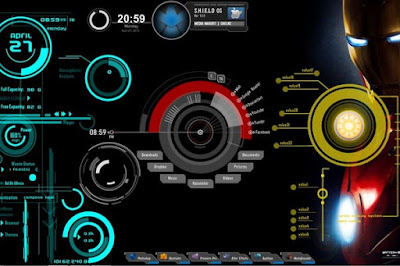research on quantum physics ..
1.Quantum Physicists Have Successfully Teleported A
Qutrit For The Very First Time
• Quantum teleportation has been a term related to qubits for the longest time and
recently, researchers have successfully teleported ‘qutrits’. The research published
on American Physical Society is a major breakthrough that will propel the quantum
computation prowess to incredibly faster speeds.
SEE ALSO: Researchers Have Discovered A New State Of Matter
Scientists have been able to teleport qubits, Quantum Bits of information that have
binary states - 0 or 1 - but qutrits have three possible states - 0, 1 and 2. Qubits and
qutrits have the property of being able to exist in multiple states at the same time, i.e.
superposition which allows for amazing applications in quantum computing.
Quantum Teleportation is based on quantum entanglement, through which the
properties of a quantum particle can be transferred to a distant particle without physical
movement of the particle itself. It is nothing like the ‘Warp Speed’ or ‘Warp Drive’ that
has been popularized in sci-fi but rather, it is just two interlinked particles revealing the
properties of the other particle. Quantum teleportation is possible by using photons
which carry the quantum information about the two possible states in case of qubits or
three possible states as in qutrits
2. Researchers Built A Super-Fast Quantum Computer That’s 200 Times
Faster Than Ever!
Splitting the photon into three beams through the use of an moointricate contraption
consisting of calibrated setup of lasers, beam splitters and barium borate crystals, the
researcher created their qutrits. They also said that it could be possible to use ququarts
in the future. With 0.75 fidelity over 12 states of entanglement, the researchers were
able to prove that qutrit teleportation is possible.
The research will surely propel the quantum technology to the next level as quantum
teleportation is an itegrating part
of Quantum applications..
The Blogger is Created by Mohit Rathore.


Comments
Post a Comment